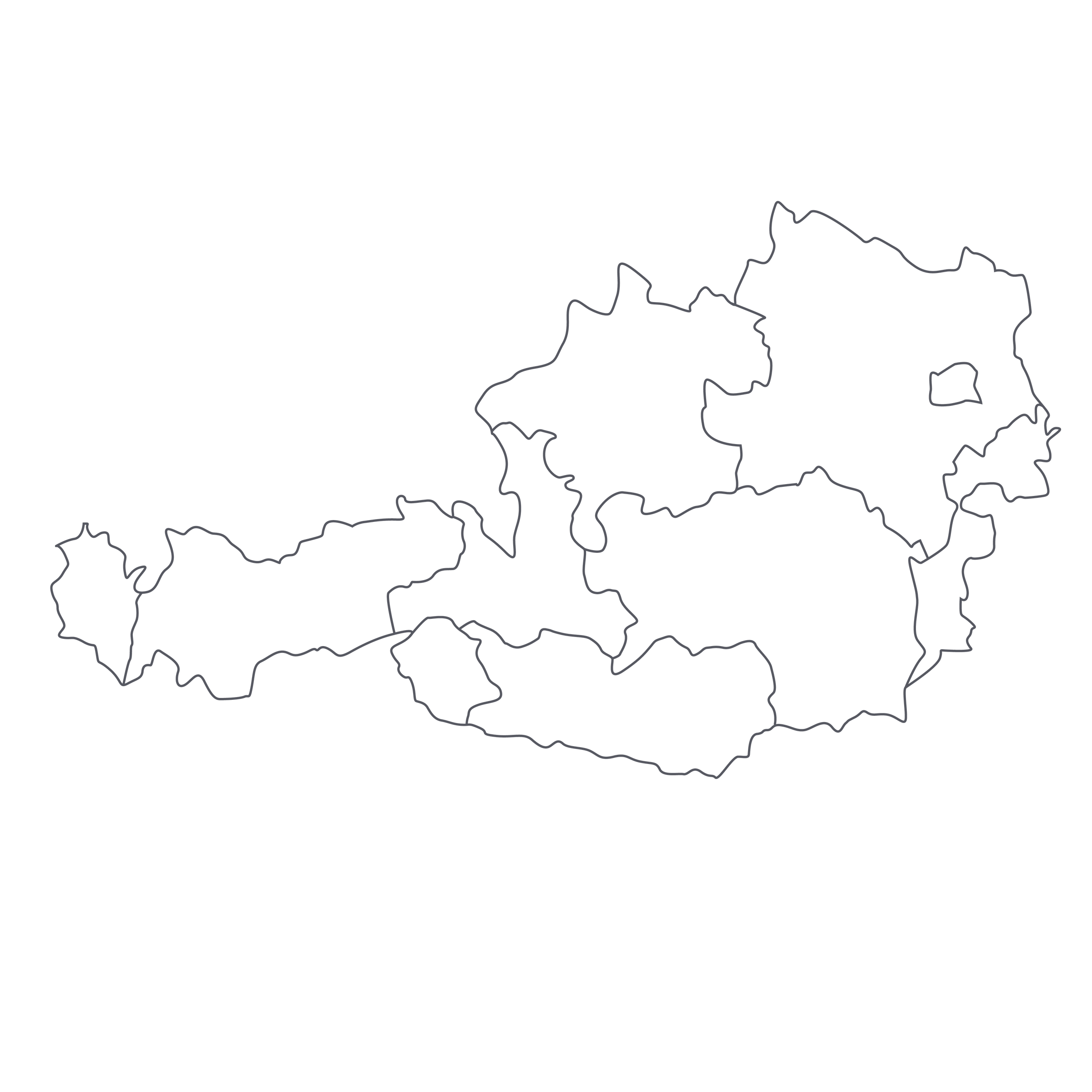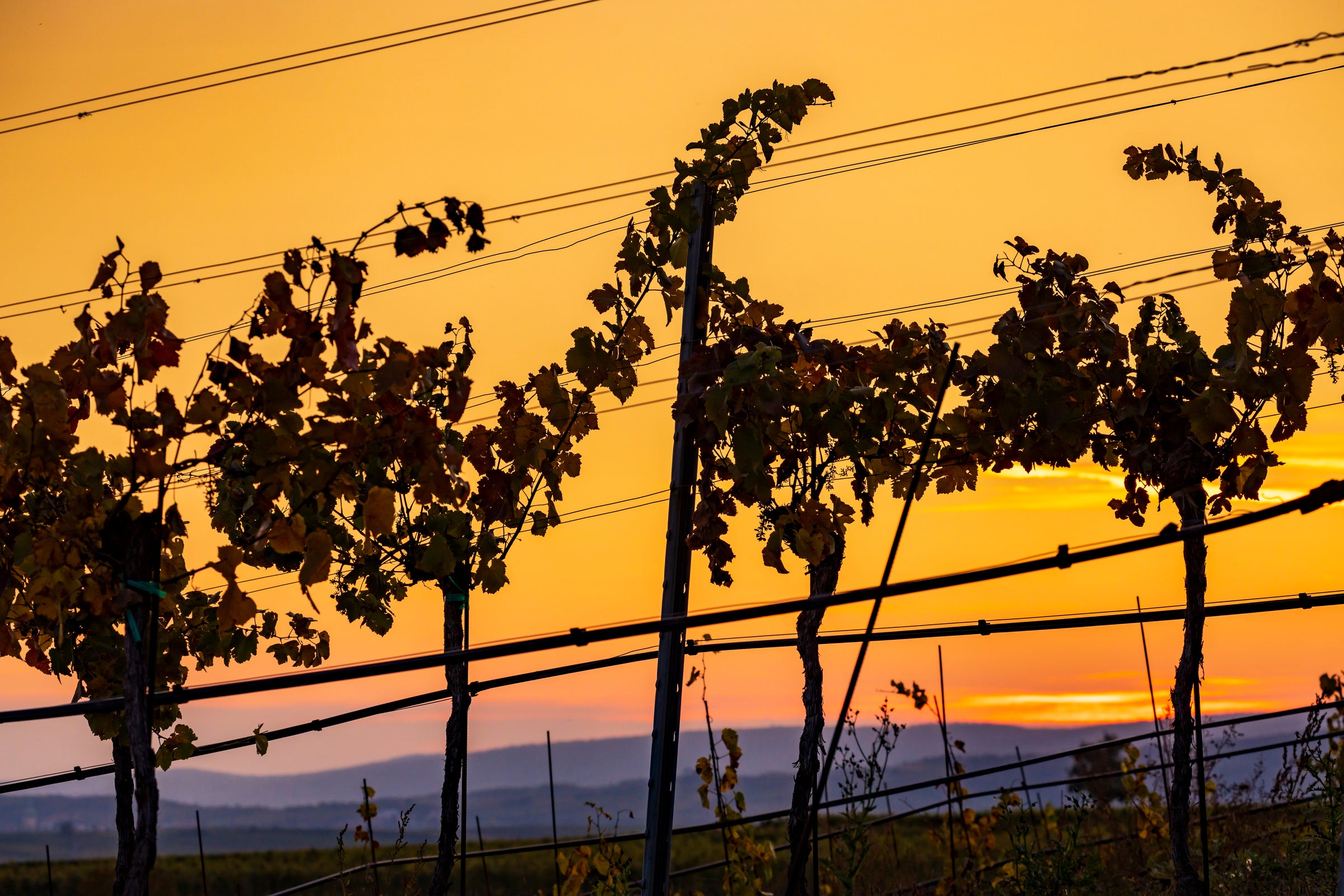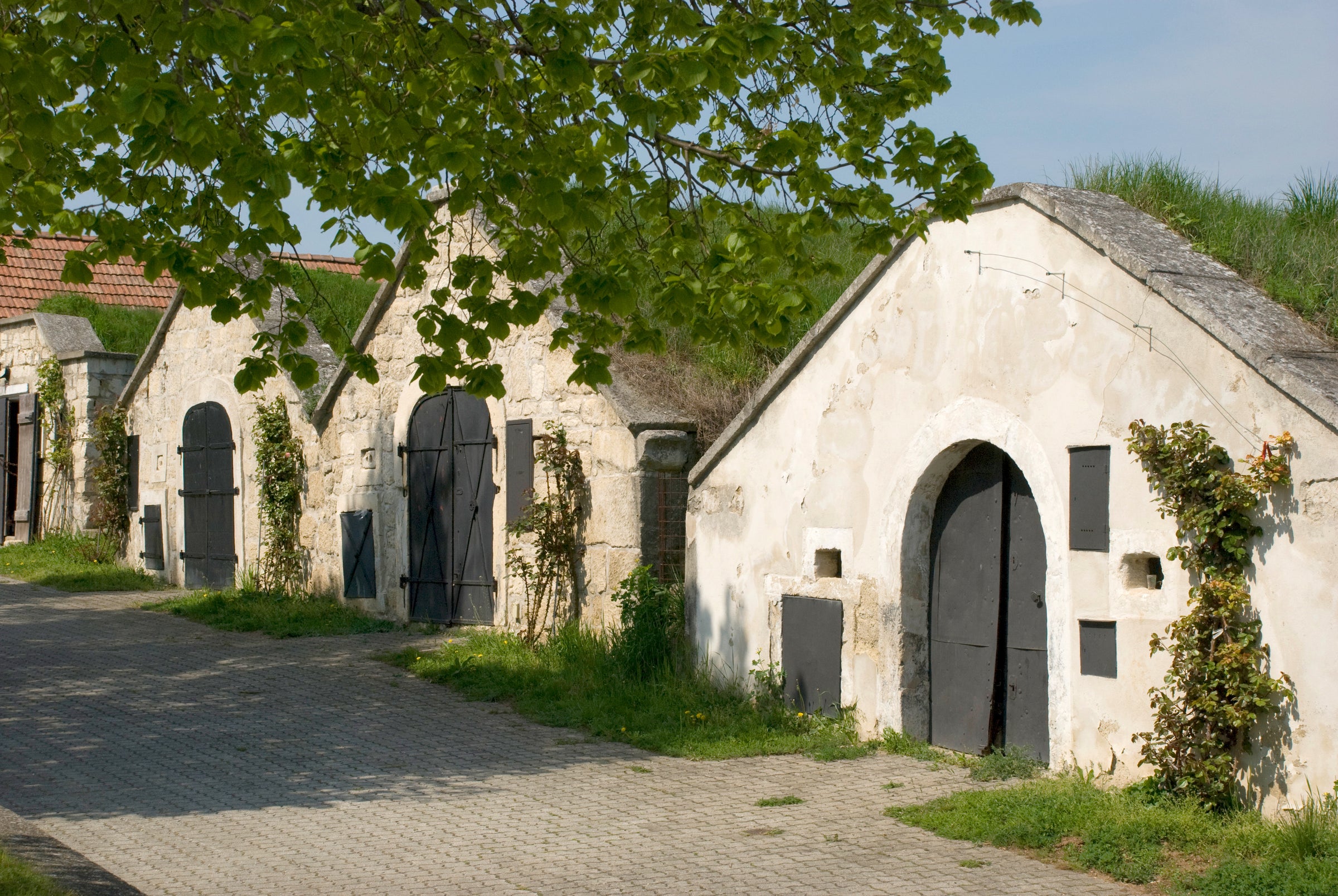Lovers of Austrian Grüner Veltliner know that it is not a one-size-fits-all variety. Some expressions are all about steely, spicy refreshment, while others are profoundly textured, mineral, ageworthy, world-rocking examples—like Donabaum’s “Spitzer Point” from the acclaimed 2015 vintage.
Put your Grand Cru thinking cap on. This is about as opulent, savory, and dramatic as Grüner Veltliner gets—or as
any dry white gets, for that matter. It’s intense without being too acidic or sharp, richly fruited without being tropical or sweet. In a nutshell, it treads the same fine line between power and restraint that defines my favorite Chardonnays (Chevalier-Montrachet for example)…for a fraction of the price. The Donabaum family has been carefully cultivating Grüner Veltliner on the steep terraces of the Wachau for several generations now. The gneiss-rich terraces chisel these grapes to an unfathomable precision of flavor and we get to reap the benefits with this
Smaragd-designated bottling—meaning grapes are picked at their absolute ripest without crossing over into late-harvest/sweet territory. Best of all, 2015 was a magical vintage, warm in the summer but not too hot. Drinking perfectly right now, this bottle proves that Austria is a source for tremendous value and masterful winemaking in a traditional, un-manipulated style. And oh, did we mention that it is irresistibly delicious?
The Donabaum family estate is nestled in the Spitzer Graben Valley at the western end of the Wachau. In 1961, they committed themselves wholeheartedly to viticulture, abandoning other crops to focus their energies and expertise on wine grapes. And what a place to do it! This little sliver of high-altitude vineyards is drastically different from the thermal terraces lining the Danube. It’s an extraordinarily challenging place to grow grapes, a hyperbolic terroir of brisk mountain breezes and terraces so steep that some vineyard workers wear crampons to scale the rocky slopes. It’s not unusual to find Johann Donabaum among them during harvest with a wooden bucket strapped to his back for collecting fruit in the traditional method. Johann probably had his first taste of Grüner while he was still in diapers, so scrambling up these steep terraces is second nature. He grew up in the Spitzer Graben, learning to tend to the estate by his parents’ example. He went to oenology school before training with the legendary FX Pichler, wizard of Austrian winemaking. Johann took over as winemaker at his family’s estate at the ripe age of 19 years old, bursting with both practical and theoretical knowledge and an appetite for dense and charismatic wines. So far, he’s delivered!
Today, the Donabaum estate encompasses 7.5 hectares. These are the smallest and most concentrated grapes grown in all of Austria, where the river cannot reflect sunlight or regulate temperature and clusters are barely larger than the palm of your hand. The Donabaum’s vines are between 25 and 40 years of age and pushed to their limits in steep crumbly gneiss soils that fall from the vineyards above into the “Spitzer Point” vineyard—three hectares of exceptional quality old-vine Grüner Veltliner. Rich topsoil increases water storage and absorption while the fine eroded material allows deep roots to anchor the vines to their terraces. This is Grüner’s ideal terroir and the wines are concentrated and laser-focused as a result.
If you’ve followed a few of our Austrian offers, you’ll recognize the word “Smaragd” as belonging to the Vinea Wachau. This association of producers enforces a stringent code of farming and winemaking to ensure top-quality wines that exemplify their unique terroir. Smaragd is the richest of the Vinea’s three designations of wine, delineated by the amount of alcohol present (at least 12.5 percent a.b.v.) and representing “optimum physiological ripeness.” Just saying that phrase makes my mouth water! It’s hard to overstate how difficult it is to make a good Smaragd-level wine in the Spitzer Graben, where temperatures are cooler and even the warmest summer days necessitate a sweater in the evenings. But Johann rises to the challenge, fermenting his Grüner Veltliner in stainless steel with natural yeasts before letting the wine age on lees (spent yeasts) for seven full months, building its signature opulent texture.
Today’s 2015 is straw-gold in color with green and silver highlights at the rim. It is bone-dry and highly detailed with notes of green apple, lime blossom and spicy radish. I’d recommend giving it a moment in the glass to open up—richer aromas of toasted cumin seeds and white peach are released with a swirl. The texture is an absolute triumph. This is forceful, dense, juicy, elegant, and mineral all at once. Nearly high acidity is balanced by the gentle nuttiness of the lees. This mighty Grüner is a long distance runner; 2015 is just coming into its own, and the spicier notes of white pepper are perfectly integrated. I’d recommend a rich, flaky fish like halibut. The chile butter in this recipe will go perfectly with the pronounced roundness of this Grüner. The beauty of this wine is in its versatility, so get a few bottles and begin your experimentation—you won’t ever think of Grüner the same again.






